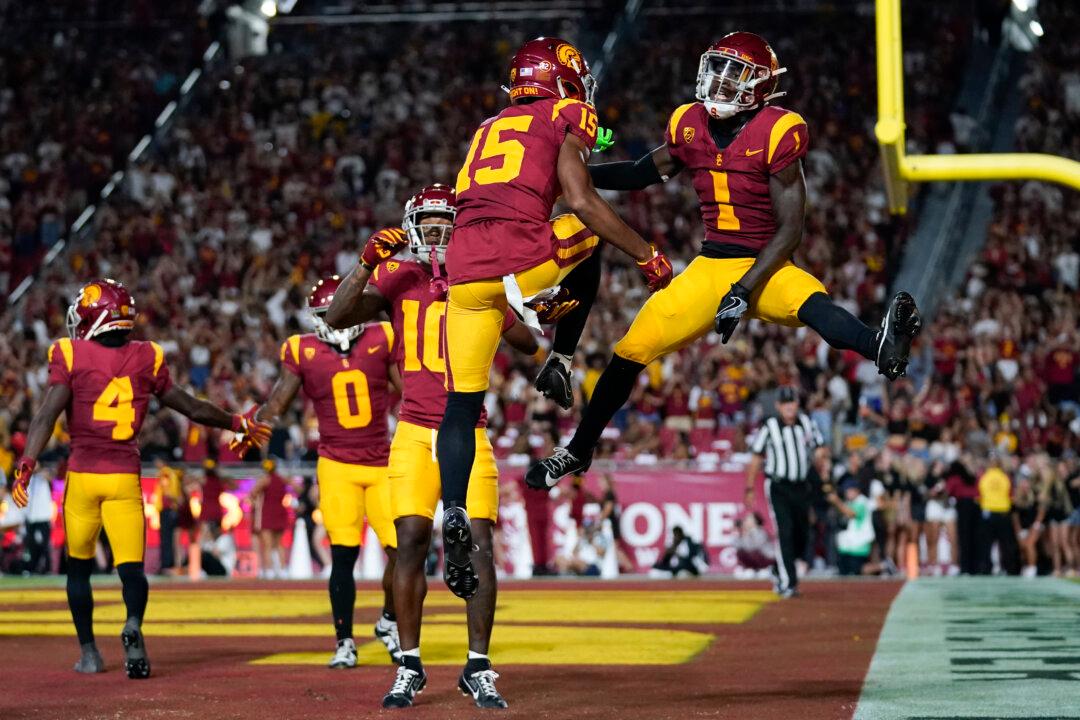Commentary
At last! After over half a year without a meaningful football game having been played (apologies to the XFL) the sport is back in full swing. Both the NCAA (college) and NFL (professional) seasons are underway.

At last! After over half a year without a meaningful football game having been played (apologies to the XFL) the sport is back in full swing. Both the NCAA (college) and NFL (professional) seasons are underway.